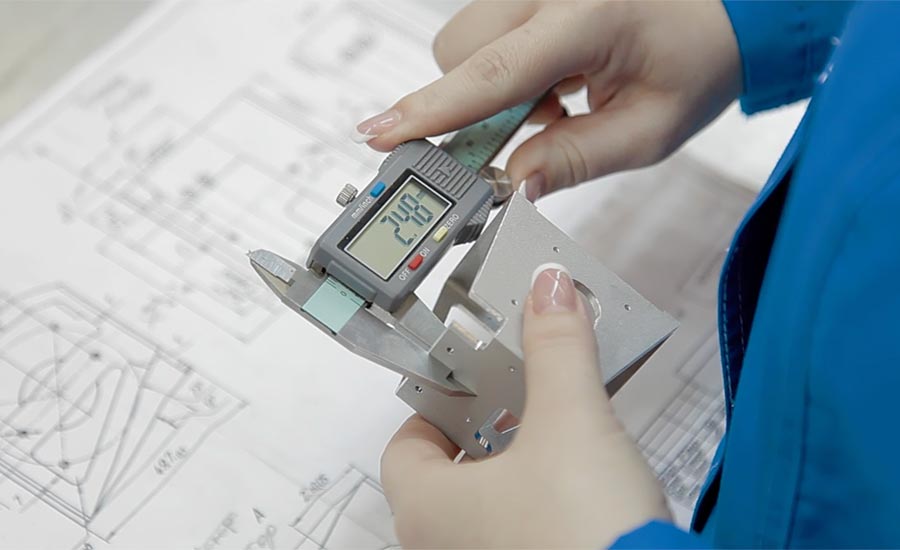2021-11-19

While some calibration challenges are ever-present, calibration—as with so many things this past year—has changed because of the pandemic. Manufacturers may have extended their calibration cycles for gages that were not being used, or put off calibration.
While 2020 may have been a slow year in calibration, things are picking back up now due to pent-up demand. And this looks set to continue for the rest of 2021 as manufacturers around the world get back on track. It’s going to be interesting to see how everybody reacts when loading up the factories again.
Calibration Defined
Let’s review exactly what calibration is. According to NIST,
“Calibration is a measurement process that assigns values to the property of an artifact or to the response of an instrument relative to reference standards or to a designated measurement process. The purpose of calibration is to eliminate or reduce bias in the user’s measurement system relative to the reference base. The calibration procedure compares an “unknown” or test item(s) or instrument with reference standards according to a specific algorithm.”
(NIST/SEMATECH e-Handbook of Statistical Methods, http://www.itl.nist.gov/div898/handbook)
The importance of calibration cannot be overstated. As Jay L. Bucher writes in “The Quality Calibration Handbook,” “A quality calibration system can be the difference between life and death, success and failure, and—most important to shareholders and boards of directors—profit and loss.”
Calibration Issues
Through the development of this industry in recently decades, we could see a lot of trends. To start, there’s more and more factories preference for on-site calibrations. They prefer not to have their gages leave their facility for any length of time.
As more manufacturers request that all gages get calibrated on site at their facilities, this may require special equipment as well as a dedicated space in their factory.
In addition, manufactures are continuously asking how they can reduce calibration costs. It’s always depends on the frequent and content they calibrate. Manufacturers better to analyze what is important and what parameters need to be met for their specific needs.
They may think their gages automatically need to be calibrated at a certain interval, but that is not the case.
Intervals really truly should be determined based on historical data collected as to the effect on the amount of usage, wear, and how the gages are actually handled, which affects all that. This in turn can reduce unnecessary calibration costs through overcalibrating. On the other side of the fence, potential scrap may be reduced because it may not have been detected because out of tolerance gages may have been utilized due to incorrectly extended calibration cycles. There’s kind of two sides that they really have to monitor and evaluate.

Calibration Advice
One piece of advice may seem common sense but is still worth saying: how calibration decisions should be made. The answer is that manufacturers really must decide things for themselves.
There are a range of misconceptions about calibration, starting with the selection of the equipment. Manufacturers may be selecting equipment that is overly precise for what they need.
For example, performance varies depending on the person using it, measurement uncertainty may not be taken into account, and the decision making process is compromised.
Factories may purchase an instrument based on the number of zeroes after the decimal point. While this is a worthy pursuit, it’s important to remember that this only tells you so much.
Even if the measuring instruments is extremely accurate in lab, in a typical manufacturing environment all bets are off. If people don’t understand the ins and outs of the hardware, they are going to be hard pressed to calibrate or evaluate it properly.
Regarding to this, it’s important to find a calibration instrument with enough accuracy but also easy-to-use for operators.
Final Thoughts On Calibration
In this digital world, speed and efficiency may be the first thing manufacturers would consider about. How to balance the efficiency with quality? We may keep looking for a better answer with the developing of this industry.However, calibration is to make the things fast, but to take all those factors into account, doing it 100% the correct way.